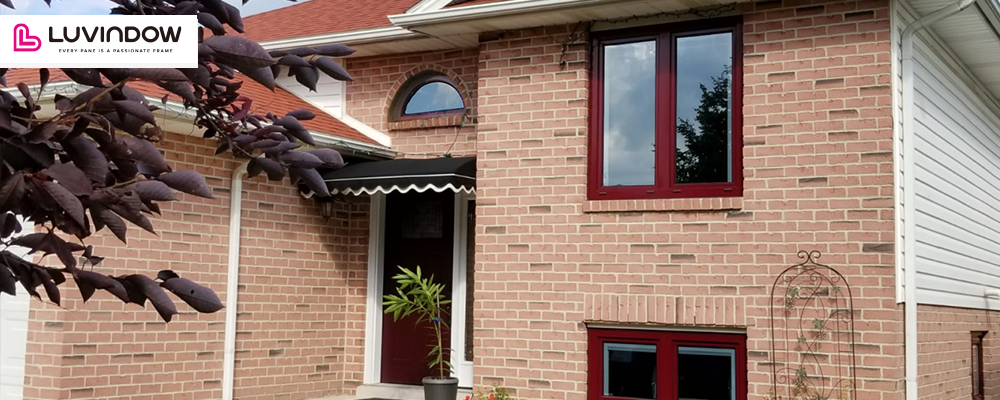Casement vs tilt and turn windows: which are best?
The most popular choice for a home is the casement window.
This type of window opens outward, like a French door. It has two parts: the frame and the sash. The sash slides open and closed using gravity as well as a crank or lever. The window can be opened all the way to the top or completely closed, depending on how you want it to open and close.
Casement windows are the most popular type of window on the market, but there are some important differences between them and tilt and turn windows.
A casement window is one that opens in only one direction. This means that you can't open it fully and then tilt it open or close it as needed. Instead, you have to use a crank or lever directly above the window itself.
Tilt and turn windows allow you to open them from top-to-bottom rather than side-to-side, which makes them easier to clean and repair. They also allow for more ventilation than casement windows since they're able to raise up and down as well as side-to-side.
The tilt and turn windows are becoming increasingly popular in recent years. These are the casement windows that open horizontally or vertically rather than outward. They usually have four panels that open with one part that tilts up or down and another part that turns left or right instead of opening outward like a hinged door would do.
This type of window is not as common as casement windows because it takes more space inside your home, but they are still very popular today because they allow you to have access to your entire home while keeping the appearance of being part of your home's exterior design without blocking views from other rooms in your house.
There are pros and cons to using casment windows.
Casement windows are different from tilt and turn windows in that they slide up and down on tracks instead of sliding side to side. They also have a wider range of opening angles than tilt and turn windows. But there are some disadvantages to casement windows, too.
Pros
Casement windows are more affordable than tilt and turn ones. They're typically less expensive to purchase than sliding storm doors or patio doors, too, which means homeowners can start off with one type of window and upgrade later if it makes sense for their home's design. Casement windows also work well for traditional style homes with lots of glass in their windows, because they're less likely to break when you open them.
Cons
Because casement windows don't slide side to side, they can be harder to clean and maintain than other types of windows. The tracks on casement windows are also harder to clean than those on tilt and turn models, so you'll need more frequent attention when they're dirty or dusty. Also, because they don't open as wide as standard sliding doors do, they tend not to fit into small spaces well — particularly if you want your kitchen window completely open.
Pros and cons of tilt and turn windows.
Tilt and turn windows are the most versatile, offering a wide range of options for both interior and exterior use.
Pros
Tilt and turn windows are easy to install. A homeowner with no prior experience can easily install one of these units, which can be done within a day or two. The only tools you'll need are a few screws and some drill bits.
The windows can be customized to fit any opening, including sliders, sliding doors or garage doors. This makes them a good choice for homeowners who want to be able to open their windows at their leisure without worrying about damaging their home's interior walls or ceilings.
Cons
The largest drawback of tilt and turn windows is that they don't offer much privacy when opened wide. In fact, residents may find themselves peering out at others from behind their own curtains when they open their windows too far!
Another issue is that if you have trouble closing your window back into its frame, you'll have to deal with the gap between the frame and the window sash itself — something that can be very frustrating for some homeowners.
Tilt and turn windows give you a wider range of options to open or close the window and you don't need to worry about forgetting to switch them out.
If you're looking for a window that can open and close in various ways, tilt and turn windows are the way to go. These windows allow you to set the angle of the window, which means you can open or close it in any direction. You don't need to worry about forgetting to switch them out or worrying about where they're facing. Remember, go online to find a decent Tilt & Turn Window Manufacturer before you purchase one.
However, these types of windows are often more expensive than casement windows. If you're not sure which type of window is right for your home, it's best to talk with a professional before making any decisions.
There are no hard, fast rules about which is better, but if you love the look of regular windows and you're not particularly concerned about all the extra features tilt and turn windows offer, you'll likely love them too.



 Picture Windows
Picture Windows Single Double Hung Windows
Single Double Hung Windows Tilt & Turn Windows
Tilt & Turn Windows Sliding Windows
Sliding Windows Bi-Fold Windows
Bi-Fold Windows Gliding Patio Doors
Gliding Patio Doors Bi-Fold Doors
Bi-Fold Doors Lift and Slide
Lift and Slide  Entry Doors
Entry Doors Swinging Doors
Swinging Doors